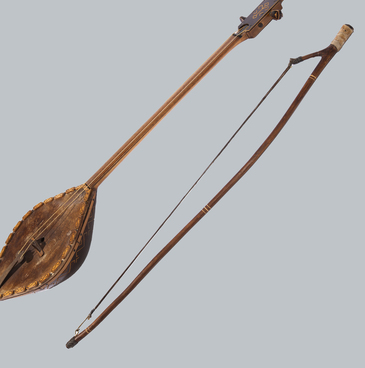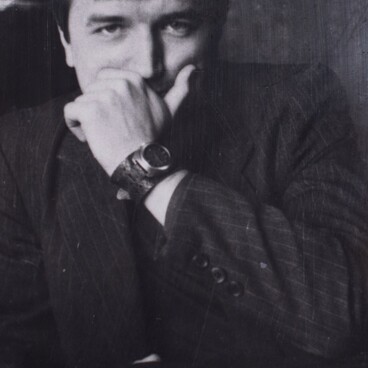The clarinet is considered to be a direct descendant of the chalumeau, a French woodwind instrument that was widely used by orchestras since the Middle Ages. Trying to improve the chalumeau at the turn of the 18thcentury, the craftsman Johann Christoph Denner designed a new instrument.
The first clarinets had a range of one octave. By adding a key on the back of the instrument, the craftsman enabled access to another octave. The instrument became so popular that by the end of the 18thcentury, it overtook the chalumeau in popularity. Johann Christoph’s son Jacob continued to improve his father’s instrument, adding a flared bell and a second key.
Over the following decades, four more keys were added to the design thanks to the innovations by Paur (Austria), Rottenberg (Brussels), John Hale (the UK), and Jean-Xavier Lefèvre (France). The virtuoso musician Iwan Müller suggested equipping the clarinet with a ligature, a device that holds a reed onto the mouthpiece.
In the 19thcentury, two different clarinet types were developed. One was designed by Hyacinthe Klosé and Louis Auguste Buffet. Their design introduced ring keys which had been invented earlier for flutes by Theobald Boehm. The model was called the Boehm clarinet or French clarinet. Another design with a key system developed by Carl Baermann and Georg Ottensteiner proved less popular and was only used by German, Austrian, and Dutch musicians.
The modern, complex mechanism includes up to 20 keys, with the range spanning almost four octaves. The low “chalumeau” register is characterized by a darker sound, the middle “clarion” register is brighter, while the high “altissimo” register can be piercing and even shrill.
With its rich and soft timbre, the clarinet sounds great when used by both solo performers and members of chamber, symphony, and wind orchestras, in any genre, including jazz and rock. One of the instrument’s advantages is that it does not require a lot of air, allowing the clarinetist to breathe freely.
Professional clarinets are made of hard, well-resonating wood, such as African blackwood (grenadilla), cocobolo, and ebony. Students mostly use clarinets made of boxwood, rosewood, and synthetic materials (such as ebonite, as is the case with the displayed instrument).
For a long time, the displayed clarinet was used
for teaching purposes at the Regional Children’s Music School of Barnaul Music
College.




